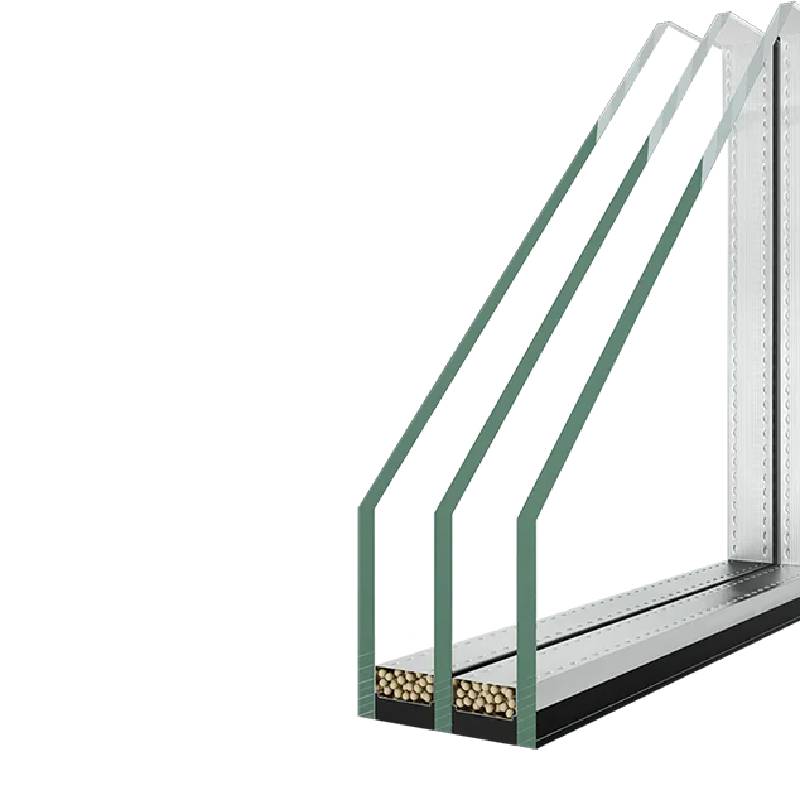

Understanding Reflective Glass Characteristics and Applications
Reflective glass, often utilized in modern architecture and design, is a type of glass that has a thin coated layer designed to reflect light and heat, enhancing both aesthetic appeal and energy efficiency. This specialized glass serves multiple purposes, from enhancing the visual aesthetics of buildings to contributing to improved energy conservation.
Characteristics of Reflective Glass
Reflective glass is produced by applying a metallic coating to one side of the glass, typically through a process known as vacuum deposition. This coating can vary in thickness and material, which affects its reflective properties and light transmission capabilities. The primary characteristic of reflective glass is its ability to reflect a significant portion of solar radiation, which helps maintain comfortable indoor temperatures, especially in climates where cooling is necessary.
In addition to thermal control, reflective glass comes in various tints and finishes, allowing architects and designers to create diverse looks while maximizing privacy. The reflective quality can minimize the visibility of the interior from the outside during the day, making it a popular choice for commercial buildings and high-rise structures.
Another characteristic worth noting is that reflective glass can enhance energy efficiency. By reflecting unwanted solar heat, it reduces the need for artificial cooling systems, leading to lower energy costs and a reduced carbon footprint. This aspect has made reflective glass a staple in green building practices, contributing to buildings earning LEED certification.
Applications of Reflective Glass
Reflective glass finds its applications in various sectors, notably in commercial and residential buildings. In skyscrapers, it not only adds a striking visual feature but also aids in climate control. By minimizing glare and heat absorption, reflective glass allows for a more comfortable working environment, thereby improving productivity.

In residential architecture, reflective glass can be used in windows and balcony doors, providing homeowners with stunning views while maintaining privacy. The reflective surface also complements sleek, modern designs, lending an air of sophistication to contemporary homes.
Moreover, reflective glass can be found in the automotive industry, where it is used in windows to reduce heat inside vehicles. This application enhances passenger comfort and promotes energy efficiency by decreasing reliance on air conditioning.
Challenges and Considerations
Despite its advantages, reflective glass is not without its challenges. One concern is the potential for glare, which can be problematic in densely populated areas or in specific geographic locations. The reflective surface may create discomfort for pedestrians or neighboring buildings. Moreover, the production of reflective glass typically requires a considerable amount of energy, which raises sustainability considerations, especially if sourced from non-renewable resources.
Additionally, during the design process, factors such as local climate, building orientation, and surrounding environment must be taken into account to ensure that the reflective properties of the glass do not lead to energy inefficiency or safety hazards.
Conclusion
Reflective glass is an innovative building material that provides both functional and aesthetic benefits. Its ability to reflect solar radiation while enhancing the appearance of structures makes it a popular choice among architects and builders. As the demand for sustainable and energy-efficient designs continues to grow, reflective glass is likely to play an increasingly important role in the future of architecture and construction. Properly utilized, it can contribute to creating environments that are not only beautiful but also ecologically responsible.